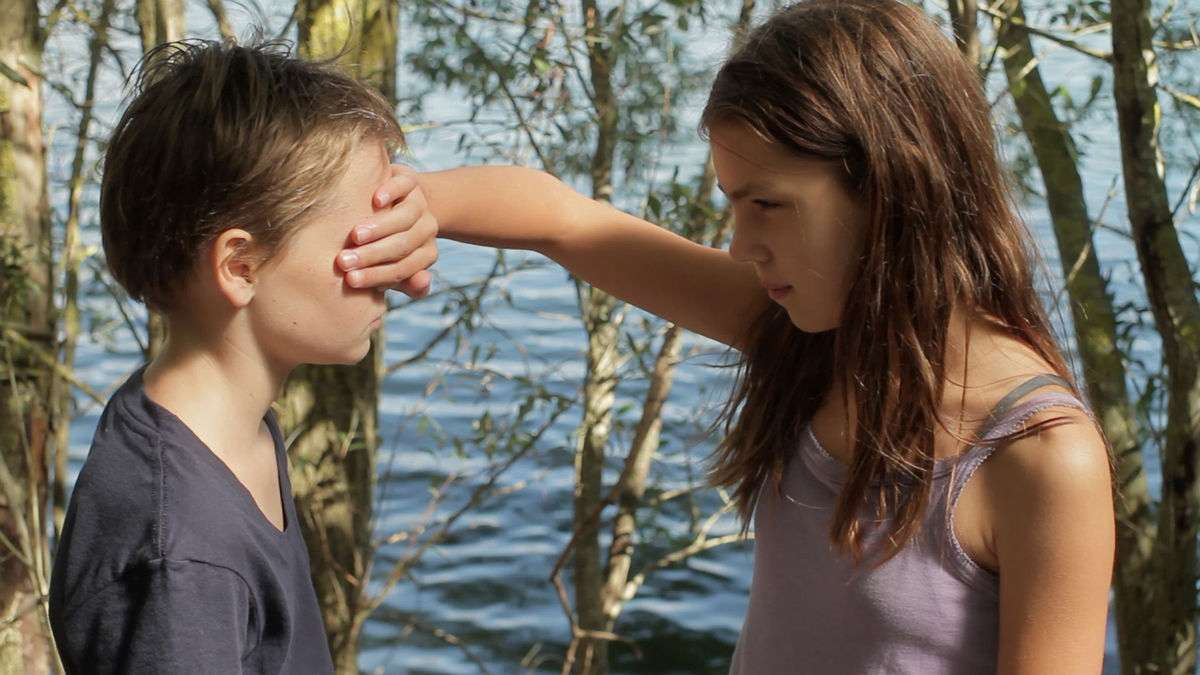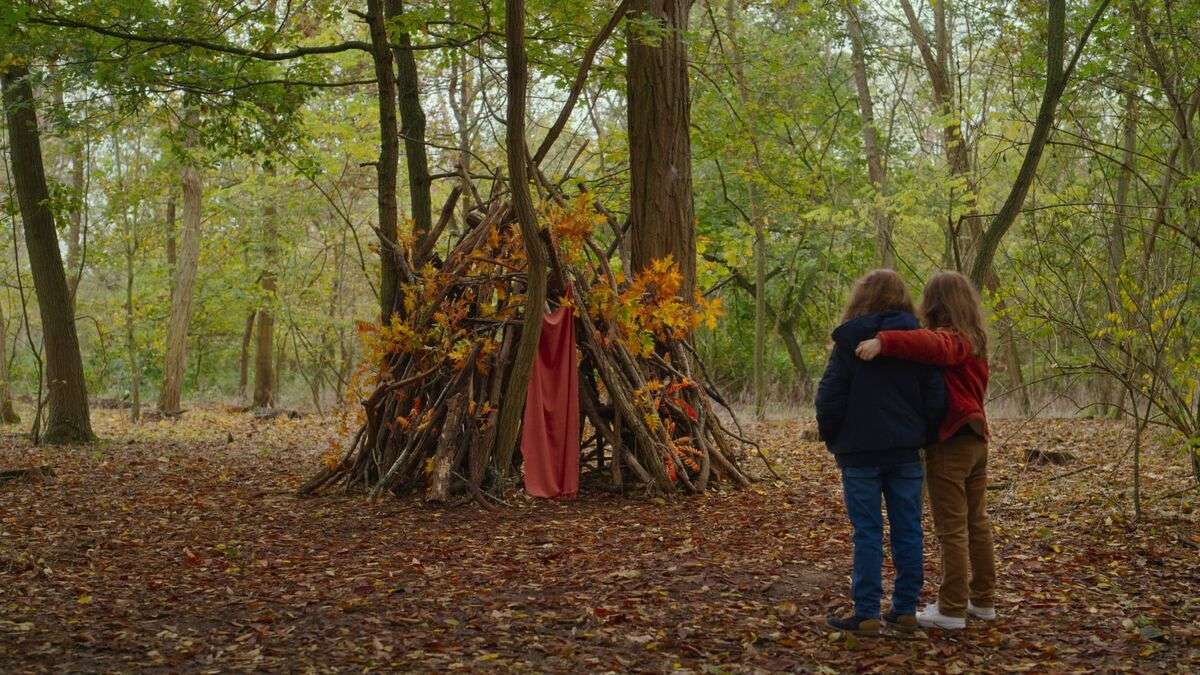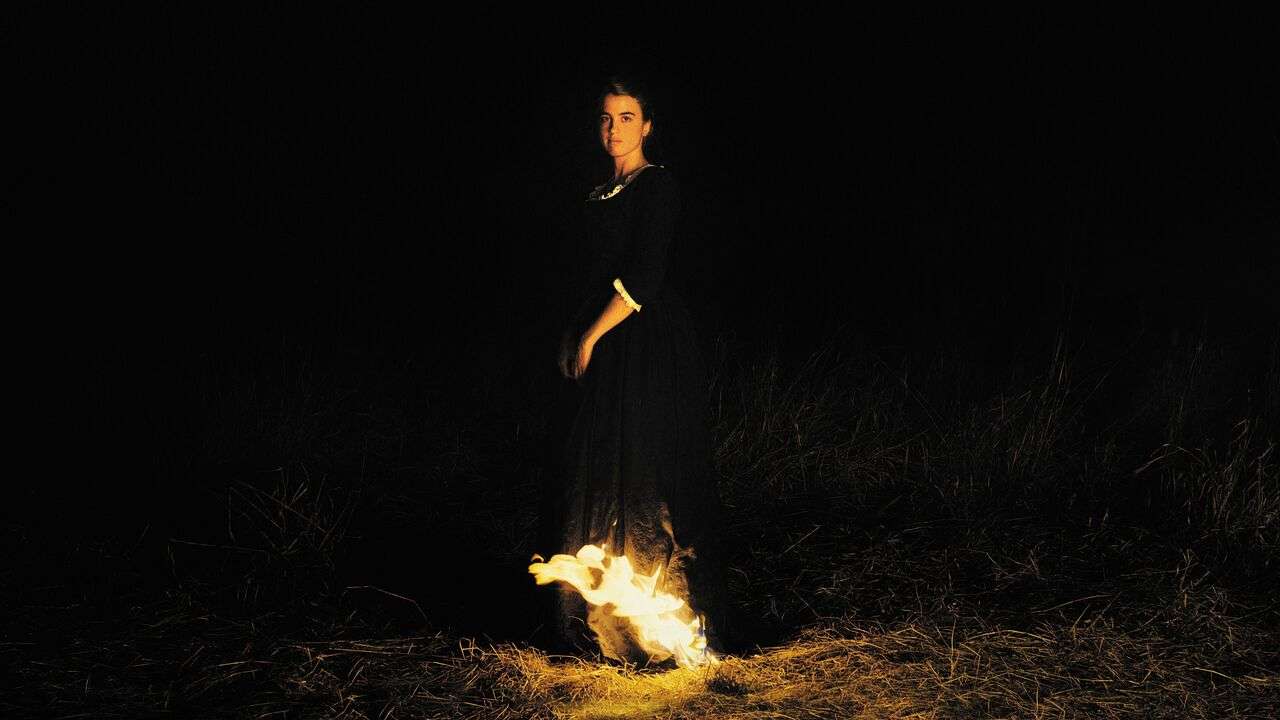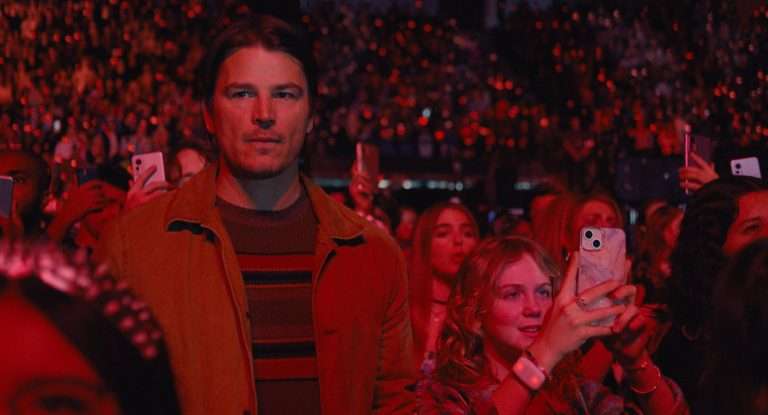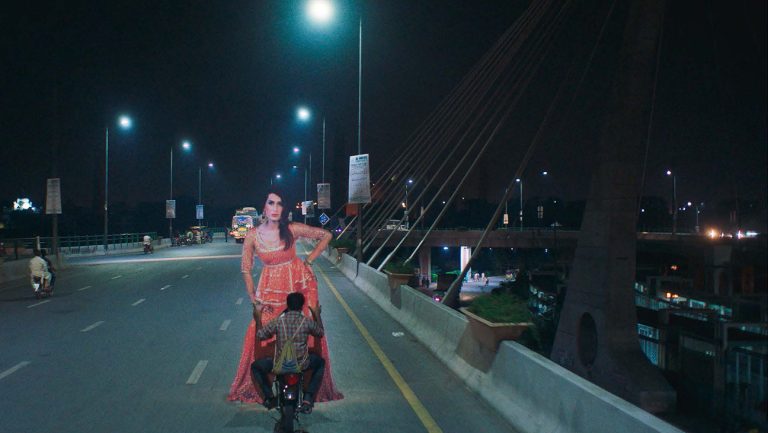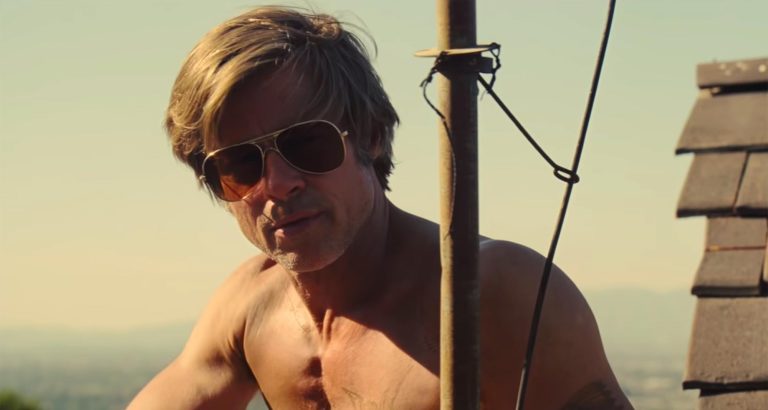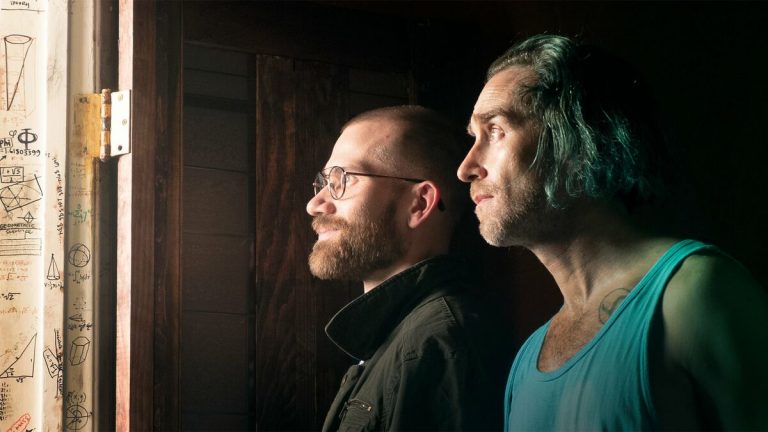Out of all the arts, cinema is perhaps the best for showcasing intimacy, and French director Céline Sciamma has carved a niche for herself in this regard. The filmmaker became interested in cinema as a teenager, citing her grandmother and old Hollywood as major inspirations. Throughout her career, she uses her distinctly minimalist approach, which she partially owes to her mentor, Xavier Beauvois, who advised her at the French film school La Fémis to form emotional landscapes for characters. Through this, she takes a deep dive into the intricacies of human relationships.
Sciamma’s work is characterized predominantly by the way it effortlessly tunes the audience into its moments of voyeurism and romance. Whether it’s a montage going back and forth between a dance party and swimming pool in “Water Lillies” or a quiet moment of one-sided intimacy disturbed by a sudden glance back in “Portrait of a Lady on Fire,” her films manage to imbue the softest of moments with the strongest of sensations.
It is, then, unsurprising that with each project, Sciamma continues to offer a poignant, introspective look at the complexities of human emotion. In this list, we rank her filmography.
5. Girlhood (2014)
Not as vibrantly intimate as “Portrait of a Lady on Fire” and “Water Lillies,” nor narratively subversive like “Petite Maman¸” “Girlhood” may fall short when compared to Sciamma’s other works, but it is still an impactful examination of a young girl’s experience on its own. The film follows Marieme (Karidja Touré), a black teenager living in a poor suburb of Paris, as she navigates the challenges of adolescence and seeks to form her identity within a marginalized community. “Girlhood” arguably sees Sciamma at her most ostensibly ambitious regarding social issues.
Through the topics of race, gender, and socioeconomic status, Sciamma presents a multifaceted exploration with appropriate sensitivity and thoughtfulness. In particular, Sciamma’s avoidance of the ‘bad girls corrupting good girls’ cliché is satisfying, as Roger Ebert emphasizes in his review. Instead of succumbing to stereotypical tropes, “Girlhood” portrays the cohesion in female friendships with apt depth. Still, this is no surprise, considering it’s a major thematic interest in almost all of her works. As such, “Girlhood” may be overshadowed by later entries in Sciamma’s oeuvre, but it still holds as a commendable work on its own and an insight into adolescent life, unrestricted by gender norms.
4. Water Lillies (2007)
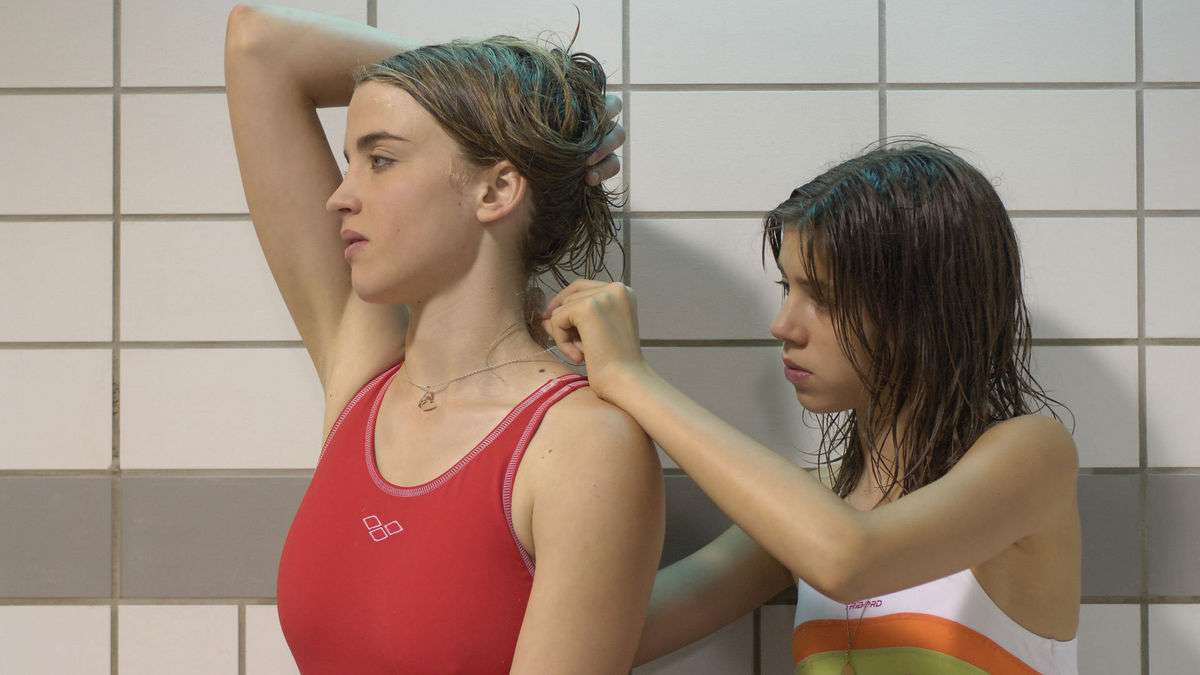
As a debut, “Water Lillies” establishes Sciamma’s arthouse sensibilities while showcasing her interest in exploring intimacy and sensuality through cinema. Set in a French satellite town, the film follows three 15-year-old girls with a shared passion for competitive synchronized swimming. Notably, the film marks the first collaboration between the director and French actress Adéle Haenel, a partnership later seen in “Portrait of a Lady on Fire.”
The narrative of unrequited love and emotional manipulation sets Sciamma up nicely to explore themes like infatuation, something she would touch upon several times throughout her career. Admittedly, the quiet moments here may express intimacy well, but, similar to “Girlhood,” they are evidently lesser when compared to the director’s later works, in which she sharpened this aspect of her filmmaking even more.
Furthermore, “Water Lillies” is very clearly less polished here, and her examination of the female gaze develops even further in later works, namely “Portrait of a Lady on Fire.” Still, much like her second film, “Tomboy,” Sciamma refuses to fall into stereotypical traps and resort to naïve storytelling. In particular, she chooses not to antagonize characters that would typically seem “bad,” such as Floriane (Adéle Haenel) and Francois (Warren Jacquin), but instead focuses on the societal ideas surrounding them.
3. Tomboy (2011)
In some ways (specifically regarding its approach to social commentary), Sciamma’s most subversive film, “Tomboy,” sees the director explore lives before adolescence. The story follows Laure (Zoé Héran), a ten-year-old girl who presents herself as a boy named Mikäel after moving to a nearby neighborhood. This is an inherently tricky subject matter, but one that Sciamma handles expertly with care and empathy. Through this premise, the film provides a delicate yet insightful look into the tentativeness of gender and childhood innocence.
Using her typically restrained direction, Sciamma allows characters to develop organically, allowing the story to unfold naturally and forgoing any contrived moments. A bit more documentary-esque, emphasizing handheld cameras and natural lighting, “Tomboy” draws viewers into the protagonist’s world well. This is particularly fitting for Sciamma’s worlds, which seek to create a humanly intimate viewing experience.
Of note is Sciamma’s impartial approach to the theme of gender and, more importantly, how its related perceptions restrict people. Notions of how members of a certain gender “should” seem have always plagued cinema. However, some filmmakers, including Sciamma, turn this on its head, helming cinema as a tool to provide a comforting sense of freedom in this context.
2. Petite Maman (2021)
Sciamma’s latest feature returns to the theme of childhood experience, going even further back in this regard than “Tomboy” and “Girlhood.” “Petite Maman” follows an eight-year-old girl, Nelly, who befriends another girl of her age in the woods after her grandmother’s death. A puzzling twist revealed early in the film has resulted in viewers drawing parallels with Nolan, which is interesting given that the two filmmakers are not alike at all. Where Nolan is more interested in the mechanics of his worlds, Sciamma’s focus remains at the human center, exploring themes of memory, grief, and intergenerational bonds.
Each of Sciamma’s films has a clear minimalism in their execution, but here, this is particularly fitting given the inherent simplicity of the early-life experience. Complementing this is a brief yet effective 72-minute runtime, succinctly encapsulating a profound journey, making the emotional landscapes more sharply authentic. Furthermore, the serene, fablelike setting of the woods utilizes natural lighting to a similar effect as in “Tomboy,” enhancing the film’s intimate atmosphere. One obvious yet significant aspect unique to Sciamma’s direction here and in “Tomboy” is her ability to direct child actors and foster impressive performances. Though it has less to do with the filmmaker’s creative decisions, such skills are key.
1. Portrait of a Lady on Fire (2019)
Sciamma’s most well-known film, “Portrait of a Lady on Fire,” is by far her grandest and most sweeping work. Understandably, it has captivated audiences worldwide. The filmmaker’s shift away from the typical modern setting of adolescent and childhood drama brings her to an 18th-century period piece that, despite its scale, somehow further intensifies the intimacy found in her earlier works. We follow Marianne (Noémie Merlant), a painter who is tasked with a portrait of Héloïse (Adéle Haenel), a young woman who refuses to pose for a painting.
Voyeuristic in its premise, the film invites us into its world through its characters’ actions and Sciamma’s carefully crafted world. We are drawn in from the very first scene, where the film focuses on Marianne as she tells her art students to focus on her hands. Without any cue from an edit or camera movement, our attention is naturally directed to every minute gesture in a still frame, highlighting Sciamma’s precision. Additionally, Sciamma pulls us into Marianne’s romantic delusion and hypnotic obsessions with Héloïse through this meticulous direction. What makes the film so effective is its quiet intensity and patient unfolding, which heighten the emotional stakes and make even a simple glance pulse with fiery passion.



